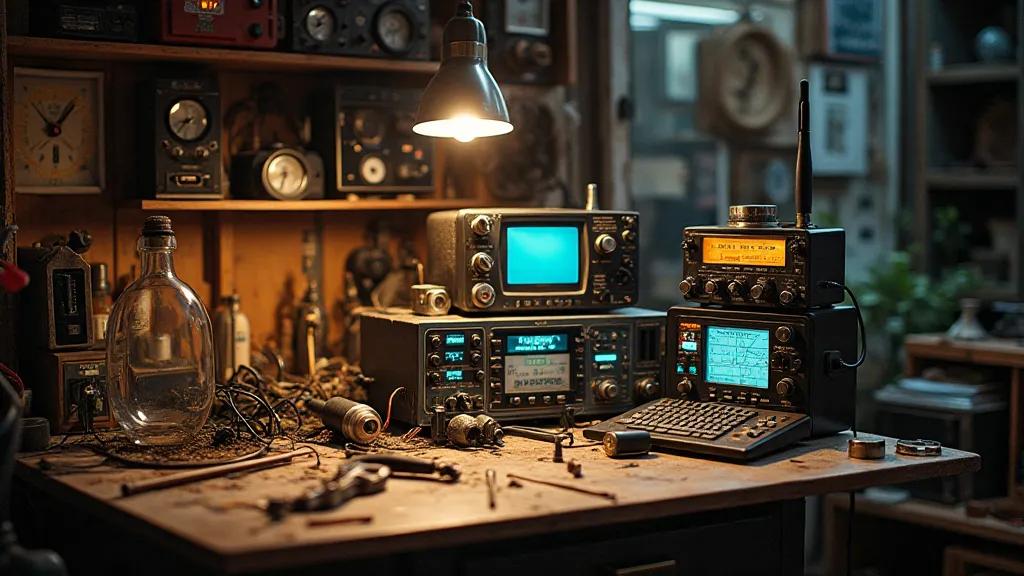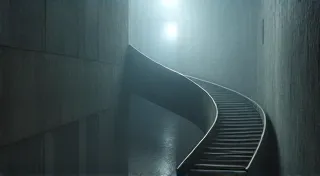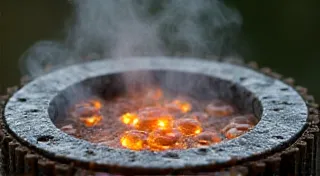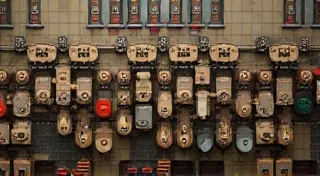Digital Horizons: Integrating Software-Defined Radio (SDR) into Your Transceiver
There’s a particular resonance to the click and wheeze of an old accordion. It's more than just sound; it's the echo of countless gatherings, the ghosts of melodies played in dusty parlors and lively village squares. Holding one, you're connecting to a lineage of craftsmanship, to generations who poured their skill and heart into creating a beautiful, functional instrument. It's a tangible link to the past, a reminder of a time when ingenuity and manual dexterity were prized above mass-produced convenience. Building a ham radio transceiver, particularly one that incorporates the modern marvel of Software-Defined Radio (SDR), feels a little like that. It’s a joining of the timeless spirit of creation with the cutting edge of technology.
For decades, radio communication involved meticulously designed circuits, discrete components, and a keen understanding of analog signal processing. It was a science built on precision and a certain reverence for the laws of physics. But the rise of SDR offers a new paradigm. It allows us to reimagine what a transceiver *is*, leveraging the flexibility and power of software to define much of its core functionality. But why mix the tangible pleasure of traditional construction with the ethereal world of code?
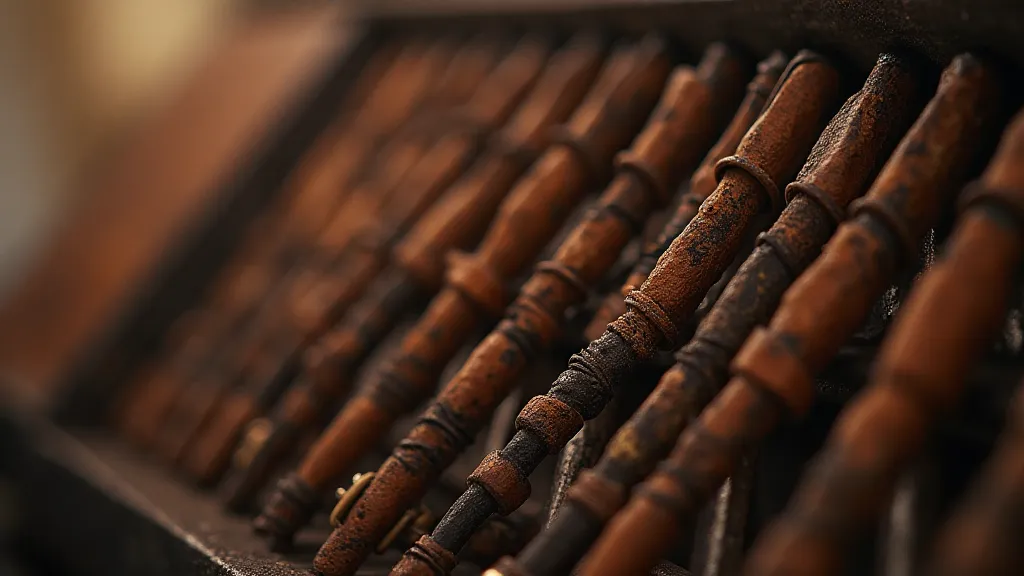
Understanding Software-Defined Radio
At its heart, SDR shifts the focus from hardware to software. Traditional transceivers rely heavily on dedicated hardware components to perform modulation, demodulation, filtering, and even frequency selection. An SDR, however, offloads many of these functions to a computer. The radio front-end, often a relatively simple device, handles the basic task of converting radio waves into digital samples. These samples are then processed by software running on a computer – a laptop, a Raspberry Pi, or even a smartphone.
The advantages are numerous. SDRs are incredibly flexible; a single SDR receiver can be configured to receive a wide range of frequencies and modulation types simply by changing the software. They are often more compact and can offer significantly better performance due to advanced digital signal processing techniques. Think of it like a Swiss Army knife for radio; one device, countless possibilities.
A Historical Perspective: From Valves to Silicon, and Beyond
The pursuit of radio communication is a venerable one. Early radio pioneers, men like Marconi and Tesla, faced monumental challenges, often working with rudimentary equipment. The radio landscape has been shaped by technological leaps – the transition from vacuum tubes (valves) to transistors, and then to integrated circuits. Each era brought improvements in size, efficiency, and performance. The early days of ham radio were defined by the builder’s skill and resourcefulness; a rig might be patched together from scavenged parts and a deep understanding of circuit theory. There was a certain artistry to it.
SDR represents another transformative moment. It doesn’t replace the core principles of radio design; instead, it amplifies them, allowing us to abstract away much of the complexity and focus on the creative aspects – designing custom modulation schemes, developing signal processing algorithms, or simply exploring the vast spectrum of radio frequencies. It's a return, in a way, to the spirit of early experimentation, but with a toolkit far beyond what those pioneers could have imagined.
Integrating SDR into a Traditional Transceiver: A Hybrid Approach
You don’t have to abandon the pleasure of building a traditional transceiver to embrace SDR. A hybrid approach offers the best of both worlds. Imagine a traditional, home-built transmitter, meticulously constructed from discrete components, providing the raw RF power. This transmitter could then interface with an SDR receiver to handle demodulation and decoding. Or, a traditional receiver front-end could be paired with an SDR transmit section to handle modulation and transmission.
The key is the interface. This often involves a simple analog-to-digital converter (ADC) or digital-to-analog converter (DAC) to bridge the gap between the analog world of the traditional transceiver and the digital realm of the SDR. Many SDR devices have built-in ADCs and DACs, simplifying this process. Open-source hardware platforms like Arduino or Raspberry Pi can also be used to create custom interfaces.
The benefits of this hybrid approach are manifold. You retain the tactile satisfaction of building a traditional transceiver while leveraging the flexibility and performance of SDR. You can also learn a great deal about both analog and digital radio technology. The restoration of antique radios is a related field which shares this blending of skills and appreciation for the craft of the past.
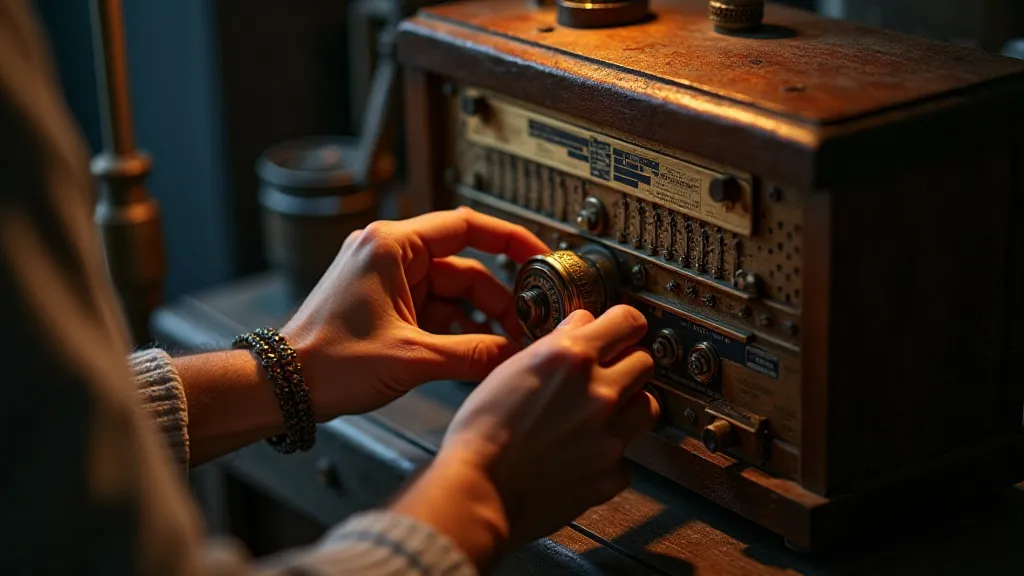
Practical Considerations and Challenges
Integrating SDR into a traditional transceiver isn't without its challenges. Synchronization between the analog and digital components is crucial. The timing of the samples received by the SDR must be precisely aligned with the analog signal being generated. Noise can also be a significant issue. The analog front-end must be designed to minimize noise, as this noise will be amplified by the digital signal processing algorithms.
Power consumption can also be a factor. While SDRs themselves are generally energy-efficient, the overall power consumption of a hybrid transceiver can be higher than that of a traditional transceiver. Careful component selection and circuit design are essential to minimize power consumption. The accumulation of dust and corrosion on components, a common problem in antique radios, can similarly impact the performance of modern SDR systems.
The Future of Amateur Radio: A Blend of Past and Present
The future of amateur radio lies in a harmonious blend of the past and the present. The traditional skills of circuit design and component fabrication remain valuable, but they are increasingly complemented by the power of software and digital signal processing. SDR is not a replacement for traditional radio technology; it's an evolution – a way to enhance and expand the possibilities of amateur radio.
Building a transceiver that integrates SDR is more than just a technical project; it’s a journey – a chance to connect with the history of radio, to learn new skills, and to explore the vast and fascinating world of radio frequencies. It's a chance to build something tangible that bridges the analog and digital realms, a testament to the enduring spirit of ingenuity and craftsmanship, much like the enduring beauty and functionality of an antique accordion.
